Home>Home Appliances>Laundry Appliances>How To Connect A Washing Machine To A Sink
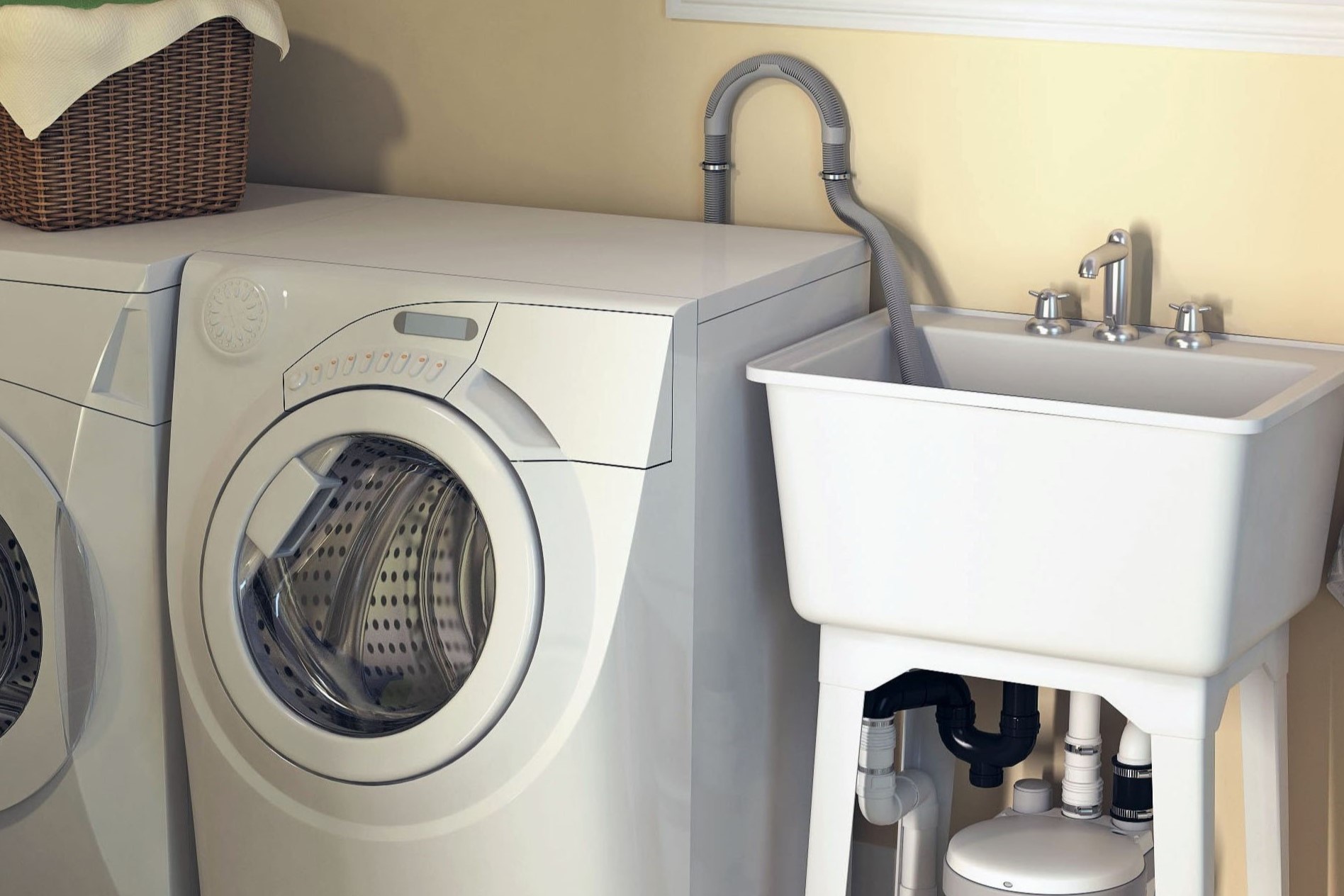

Laundry Appliances
How To Connect A Washing Machine To A Sink
Modified: March 2, 2024
Learn how to easily connect a washing machine to a sink for convenient laundry appliance setup. Follow our step-by-step guide for a hassle-free installation. Ideal for small spaces and apartments.
(Many of the links in this article redirect to a specific reviewed product. Your purchase of these products through affiliate links helps to generate commission for Storables.com, at no extra cost. Learn more)
Necessary Tools and Materials
Before you embark on connecting your washing machine to a sink, it's essential to gather the necessary tools and materials. Having the right equipment at your disposal will ensure a smooth and efficient installation process. Here's a comprehensive list of what you'll need:
Read more: How To Connect Hose To Pressure Washer
Tools:
- Adjustable Wrench: This versatile tool will come in handy for tightening and securing various connections during the installation process.
- Screwdriver: Ensure you have both flat-head and Phillips-head screwdrivers to accommodate different types of screws you may encounter.
- Pliers: Having a pair of pliers will assist in gripping and maneuvering small components during the setup.
- Teflon Tape: This specialized tape is crucial for creating a tight seal on threaded connections, preventing leaks in the future.
Materials:
- Washing Machine Hose: Acquire a high-quality washing machine hose that is long enough to reach from the sink to the washing machine. Opt for a durable, braided stainless steel hose for optimal performance and longevity.
- Y-Connector: This essential component allows you to divert the water from the sink to the washing machine. Ensure the Y-connector is compatible with your sink's faucet and has secure, leak-proof connections.
- Bucket: Keep a bucket nearby to catch any excess water that may spill during the installation process.
- Towels: Have a few towels on hand to wipe up any water spills and to keep your work area clean and dry.
- Safety Glasses and Gloves: It's always important to prioritize safety. Wear protective glasses and gloves to shield your eyes and hands from any potential hazards during the installation.
By ensuring you have all the necessary tools and materials before you begin, you'll be well-prepared to successfully connect your washing machine to the sink. This proactive approach will save you time and minimize any potential disruptions during the installation process.
Key Takeaways:
- Gather all the necessary tools and materials, like an adjustable wrench and Teflon tape, before connecting your washing machine to the sink. Being prepared will make the installation process smooth and efficient.
- Before testing the connection, make sure to visually inspect all the connections, verify the water flow, and monitor the washing machine’s operation. This ensures a reliable and functional link between the sink and the washing machine.
Preparing the Sink for Connection
Before you can connect your washing machine to the sink, it's crucial to prepare the sink for this new functionality. This involves making necessary adjustments to the sink's plumbing and ensuring that it can accommodate the additional water supply required for the washing machine. Here's a detailed guide on how to prepare the sink for the connection:
-
Clear the Area: Begin by clearing the area around the sink to create a spacious and accessible workspace. Remove any items stored under the sink and ensure there are no obstructions that could hinder the installation process.
-
Turn Off the Water Supply: Locate the shut-off valves for both the hot and cold water supply lines connected to the sink. Turn off the water supply by closing these valves in a clockwise direction. This step is essential to prevent any water leakage during the installation process.
-
Disconnect Existing Hoses: If there are any existing hoses or attachments connected to the sink's faucet, carefully disconnect them using the appropriate tools. This will ensure a clean and unobstructed area for the new connections.
-
Install the Y-Connector: Depending on the type of sink and faucet you have, you may need to install a Y-connector to facilitate the connection with the washing machine. The Y-connector diverts the water from the sink to the washing machine, allowing both to operate independently.
-
Check for Leaks: Once the Y-connector is in place, inspect the connections for any signs of leakage. It's important to ensure that all fittings are secure and free from any potential leaks to prevent water damage in the future.
-
Secure the Y-Connector: Use an adjustable wrench to securely tighten the Y-connector onto the sink's faucet. Ensure that it is firmly in place and that there is no movement or instability in the connection.
-
Turn On the Water Supply: With the Y-connector installed and secured, it's time to turn the water supply back on. Slowly open the shut-off valves in a counterclockwise direction and check for any leaks around the newly installed connections.
By following these steps to prepare the sink for the connection, you'll create a solid foundation for integrating your washing machine into the existing plumbing system. This meticulous preparation will set the stage for the subsequent steps of connecting the hoses and testing the setup to ensure everything functions seamlessly.
Connecting the Hoses
Once the sink is prepared for the connection, the next crucial step is to connect the hoses that will facilitate the flow of water between the sink and the washing machine. This process involves ensuring secure and leak-proof connections to guarantee the efficient operation of both appliances. Here's a detailed guide on how to connect the hoses effectively:
-
Attach the Washing Machine Hose: Begin by attaching the washing machine hose to the designated hot and cold water supply outlets on the back of the washing machine. Ensure that the hoses are connected to the correct corresponding outlets to align with the hot and cold water supply.
-
Secure the Connections: Once the hoses are attached to the washing machine, use an adjustable wrench to securely tighten the connections. It's essential to ensure that the hoses are firmly in place to prevent any potential leaks or dislodgment during operation.
-
Connect the Y-Connector: With the washing machine hoses secured, it's time to connect the other ends of the hoses to the Y-connector installed on the sink's faucet. The Y-connector diverts the water from the sink to the washing machine, allowing for a seamless flow of water between the two appliances.
-
Tighten the Connections: Carefully tighten the connections between the washing machine hoses and the Y-connector using an adjustable wrench. It's crucial to create a secure and stable connection to prevent any water leakage or disruption in the water supply.
-
Inspect for Leaks: Once all the connections are in place, thoroughly inspect the entire setup for any signs of leakage. Check the connections at the washing machine, the Y-connector, and the sink's faucet to ensure that all fittings are secure and free from any potential leaks.
-
Turn On the Washing Machine: With the hoses securely connected, it's time to turn on the washing machine and initiate a test cycle. Monitor the connections closely during this initial operation to ensure that there are no leaks or issues with the water flow.
By following these steps to connect the hoses effectively, you'll establish a reliable and functional link between the sink and the washing machine. This meticulous approach will ensure that both appliances can operate seamlessly without any concerns regarding water supply or potential leaks.
You can connect a washing machine to a sink using a special faucet adapter. Make sure to use a hose that is long enough to reach the sink and secure it tightly to avoid leaks.
Testing the Connection
After completing the intricate process of connecting your washing machine to the sink, it's essential to conduct a thorough test to ensure that the entire setup functions seamlessly. Testing the connection not only validates the effectiveness of the installation but also provides an opportunity to identify and address any potential issues before regular use. Here's a comprehensive guide on how to conduct a meticulous test of the connection:
-
Initial Inspection: Before initiating the test, visually inspect all the connections, including the washing machine hoses, the Y-connector, and the sink's faucet, to ensure that they are securely in place. Look for any signs of water leakage or loose fittings that may require immediate attention.
-
Water Flow Verification: Turn on the washing machine and observe the water flow through the hoses. Verify that water is being drawn from the sink's faucet and directed into the washing machine without any obstructions or irregularities. Pay close attention to the Y-connector and the hose connections to confirm a steady and consistent water flow.
-
Functional Operation: Initiate a regular washing cycle on the machine to test its operational functionality. Monitor the entire process, from the water intake stage to the completion of the cycle, to ensure that the washing machine operates as expected without any interruptions or water supply issues.
-
Leak Detection: Throughout the testing process, carefully inspect all the connections for any signs of water leakage. Check for drips, moisture accumulation, or water seepage around the hose connections and the Y-connector. Address any leaks immediately by tightening the connections or applying Teflon tape to create a secure seal.
-
Water Pressure Assessment: Evaluate the water pressure during the washing machine's operation to ensure that it remains consistent and adequate for the appliance's requirements. Fluctuations in water pressure could indicate potential issues with the connection or the plumbing system, warranting further investigation and adjustments.
-
Functional Interference: Observe the sink's functionality while the washing machine is in operation. Ensure that the sink's faucet continues to operate normally and that there are no disruptions to the water supply or drainage. This step confirms that the integration of the washing machine does not impede the sink's primary functions.
-
Repeat Testing: Conduct multiple test cycles to validate the reliability and consistency of the connection. By repeating the testing process, you can identify any intermittent issues or variations in performance that may not be apparent during a single test run.
By meticulously testing the connection between the washing machine and the sink, you can instill confidence in the reliability of the installation. This proactive approach allows you to address any potential concerns and fine-tune the setup to ensure optimal performance and functionality. Once you are satisfied with the results of the testing process, you can proceed to incorporate the washing machine into your daily laundry routine with the assurance of a robust and dependable connection.
Frequently Asked Questions about How To Connect A Washing Machine To A Sink
Was this page helpful?
At Storables.com, we guarantee accurate and reliable information. Our content, validated by Expert Board Contributors, is crafted following stringent Editorial Policies. We're committed to providing you with well-researched, expert-backed insights for all your informational needs.
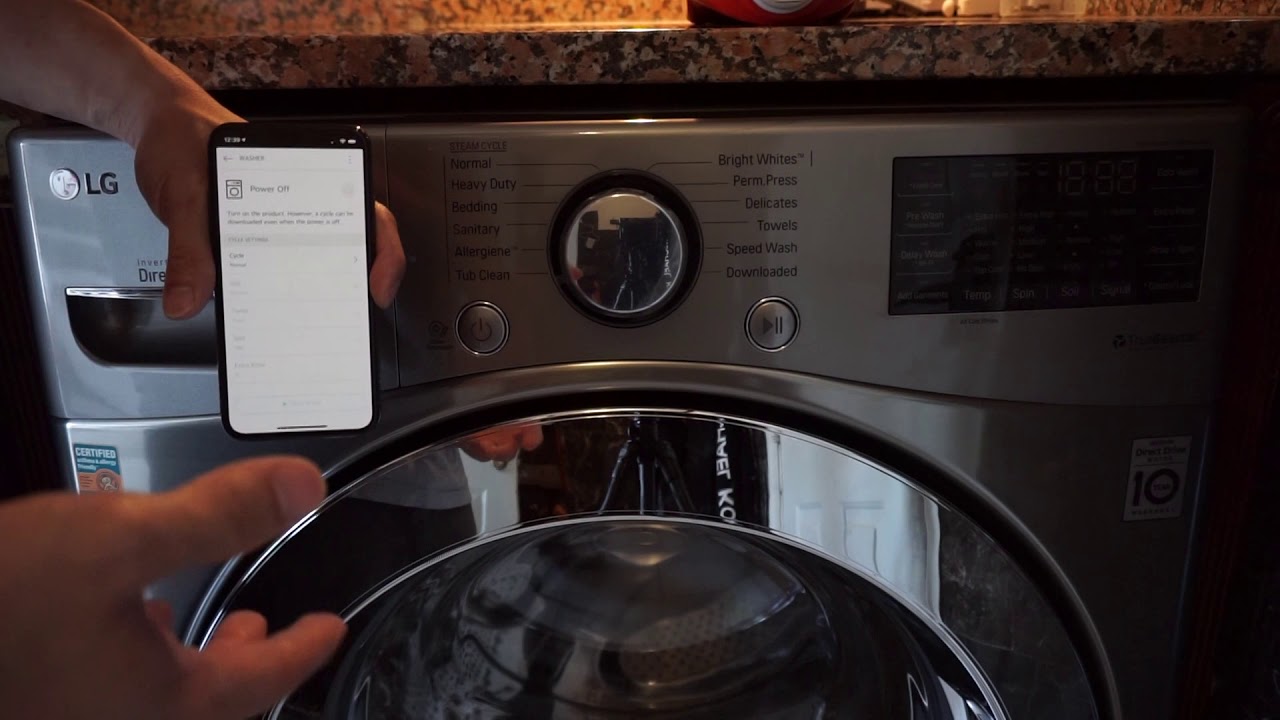
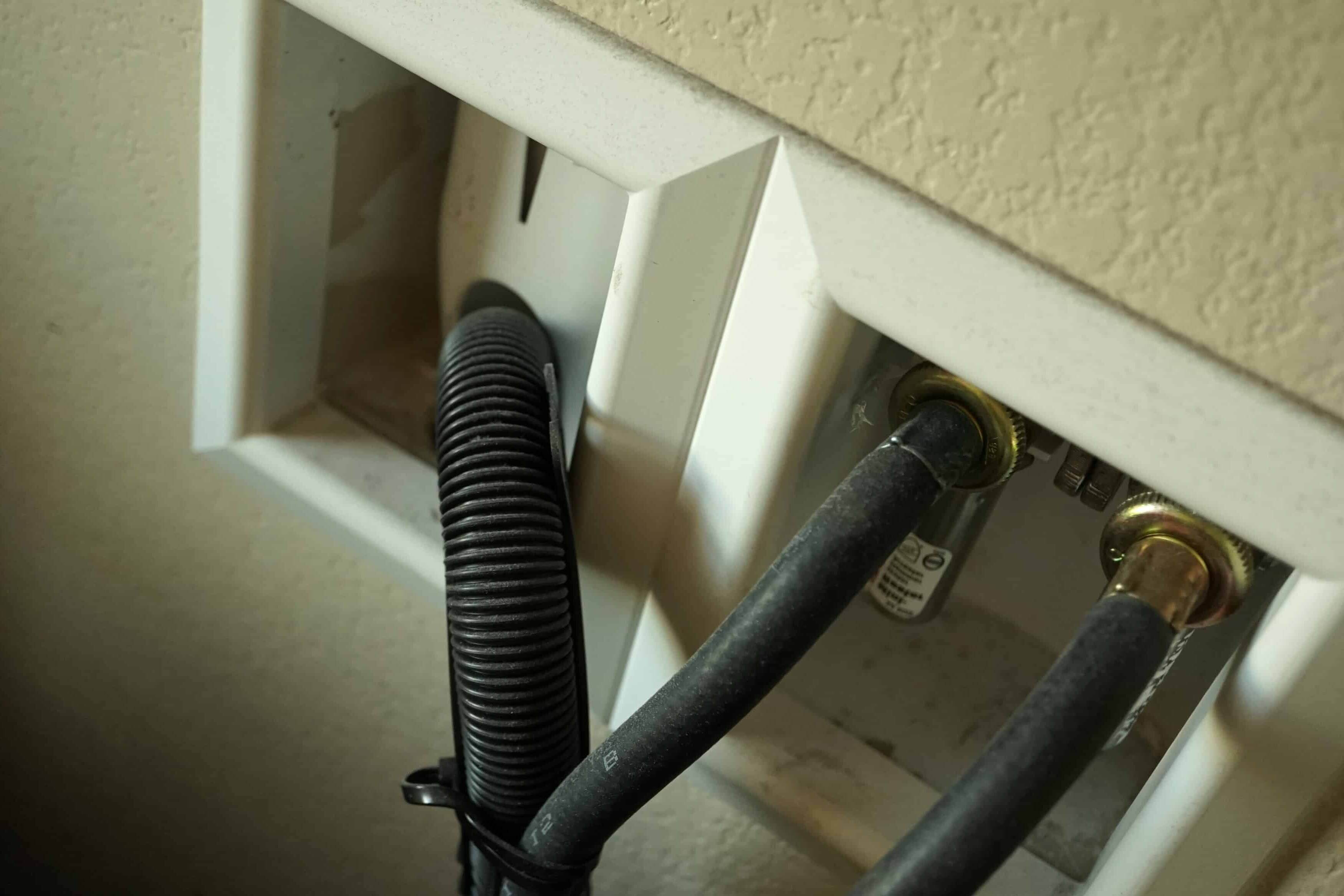
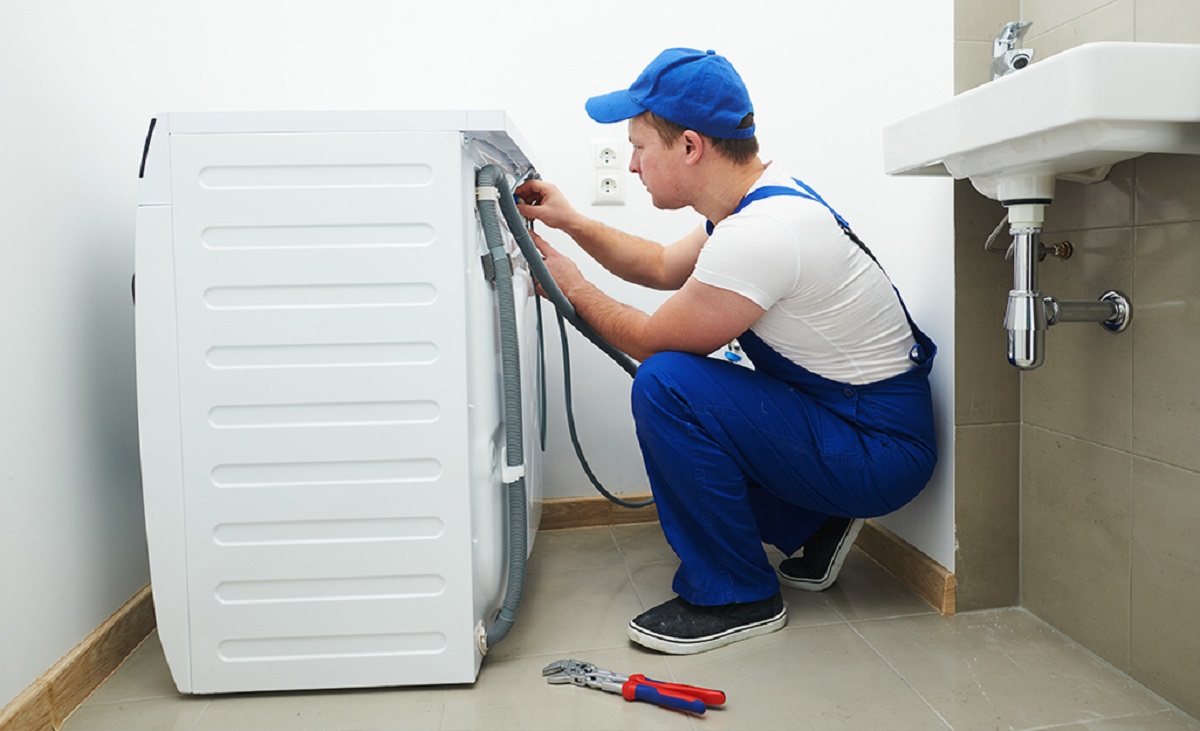
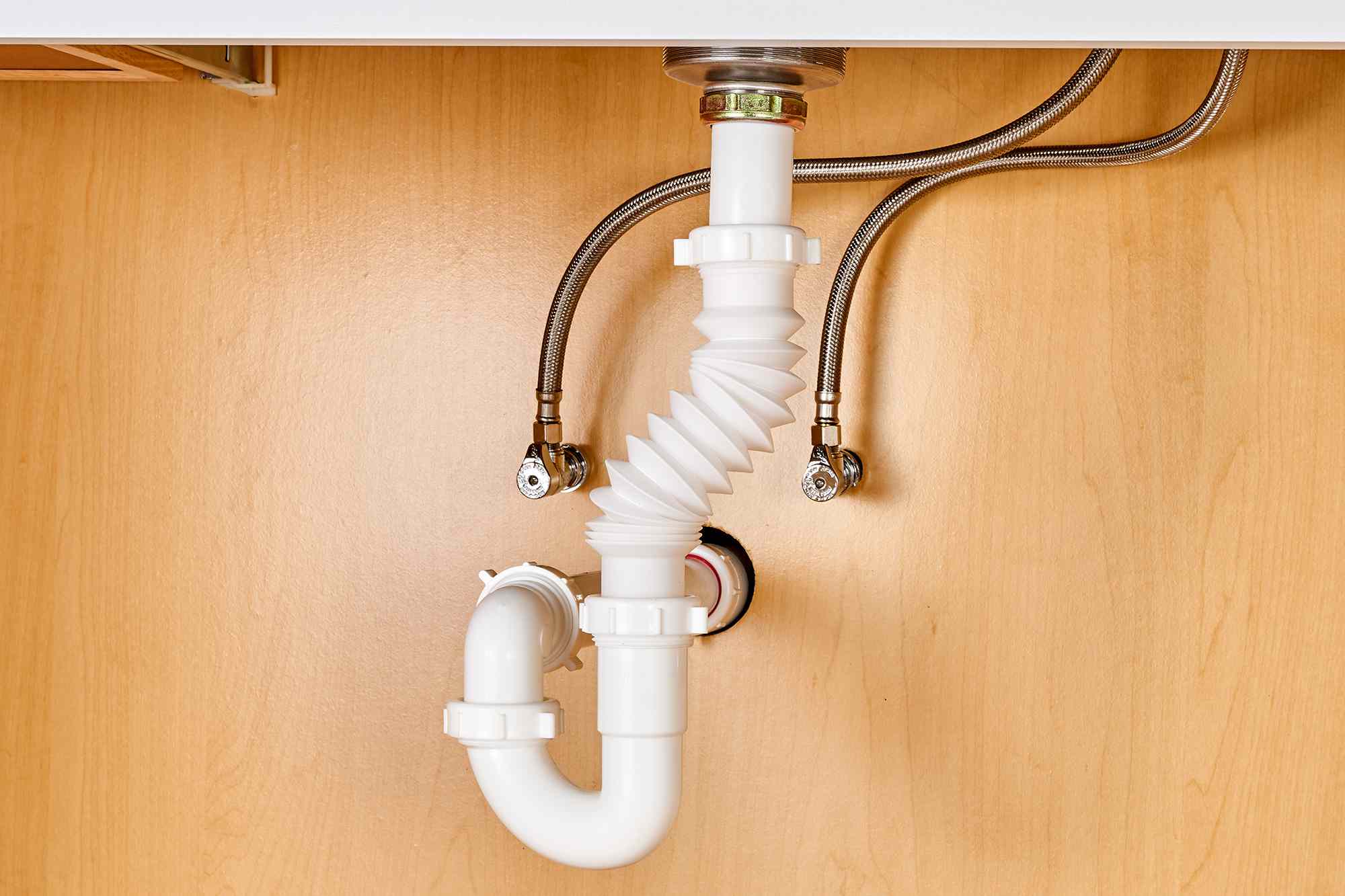
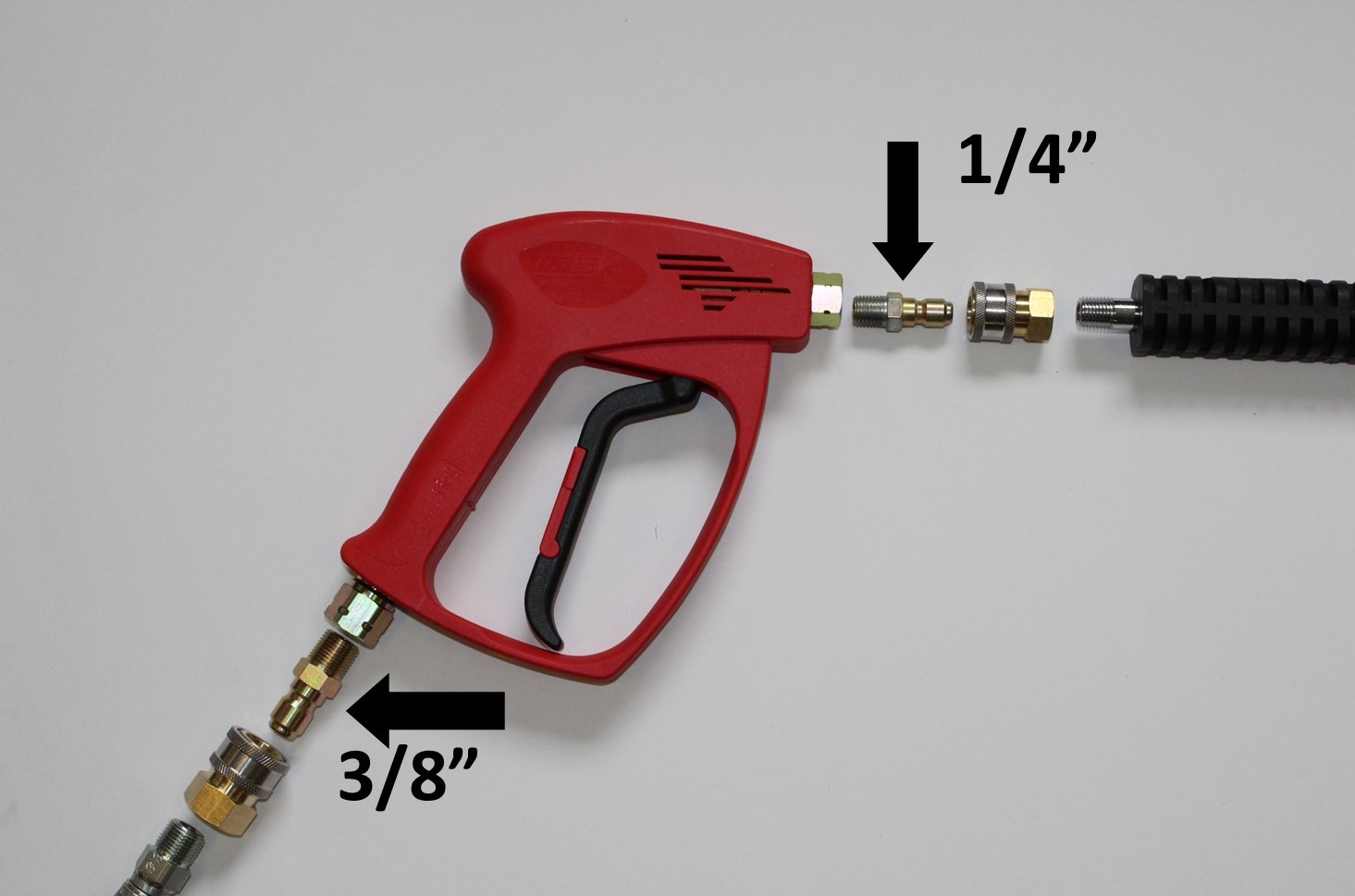
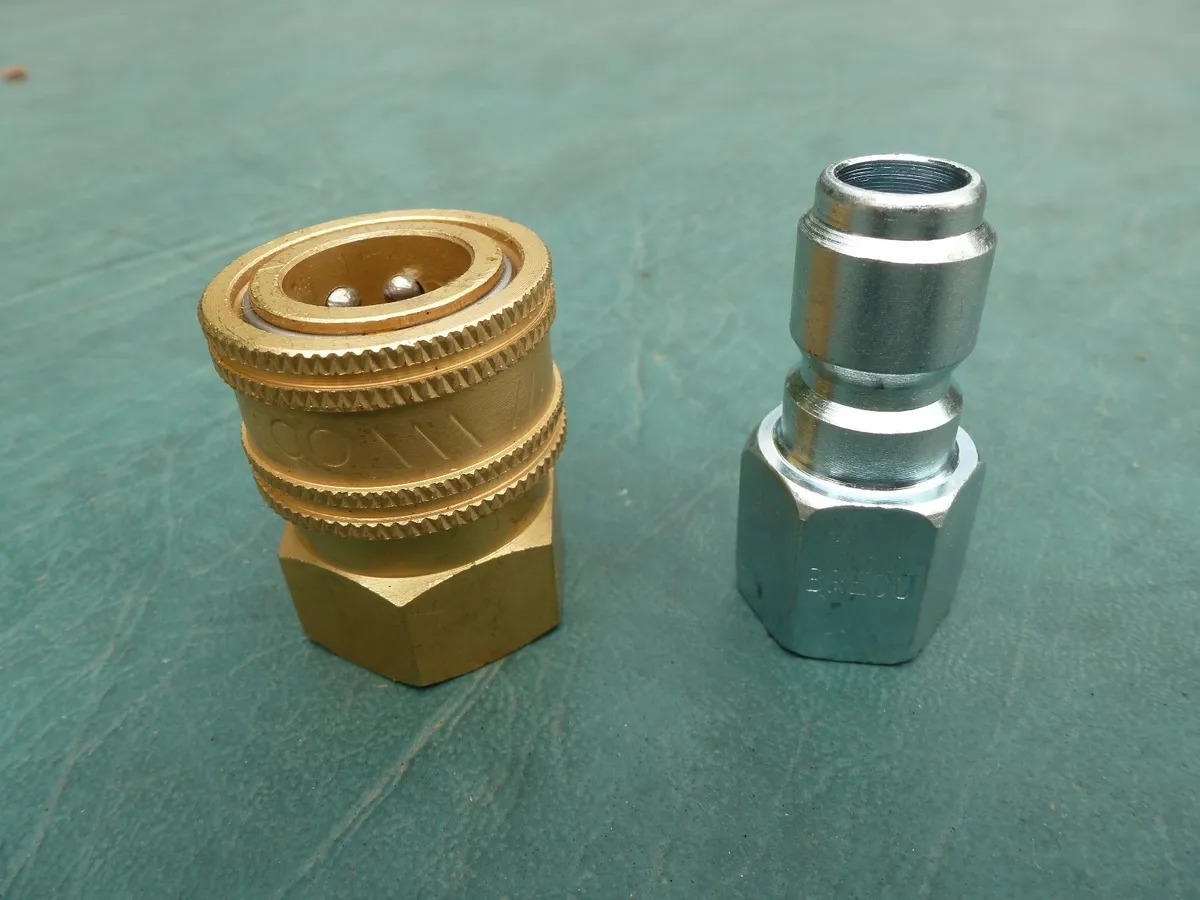
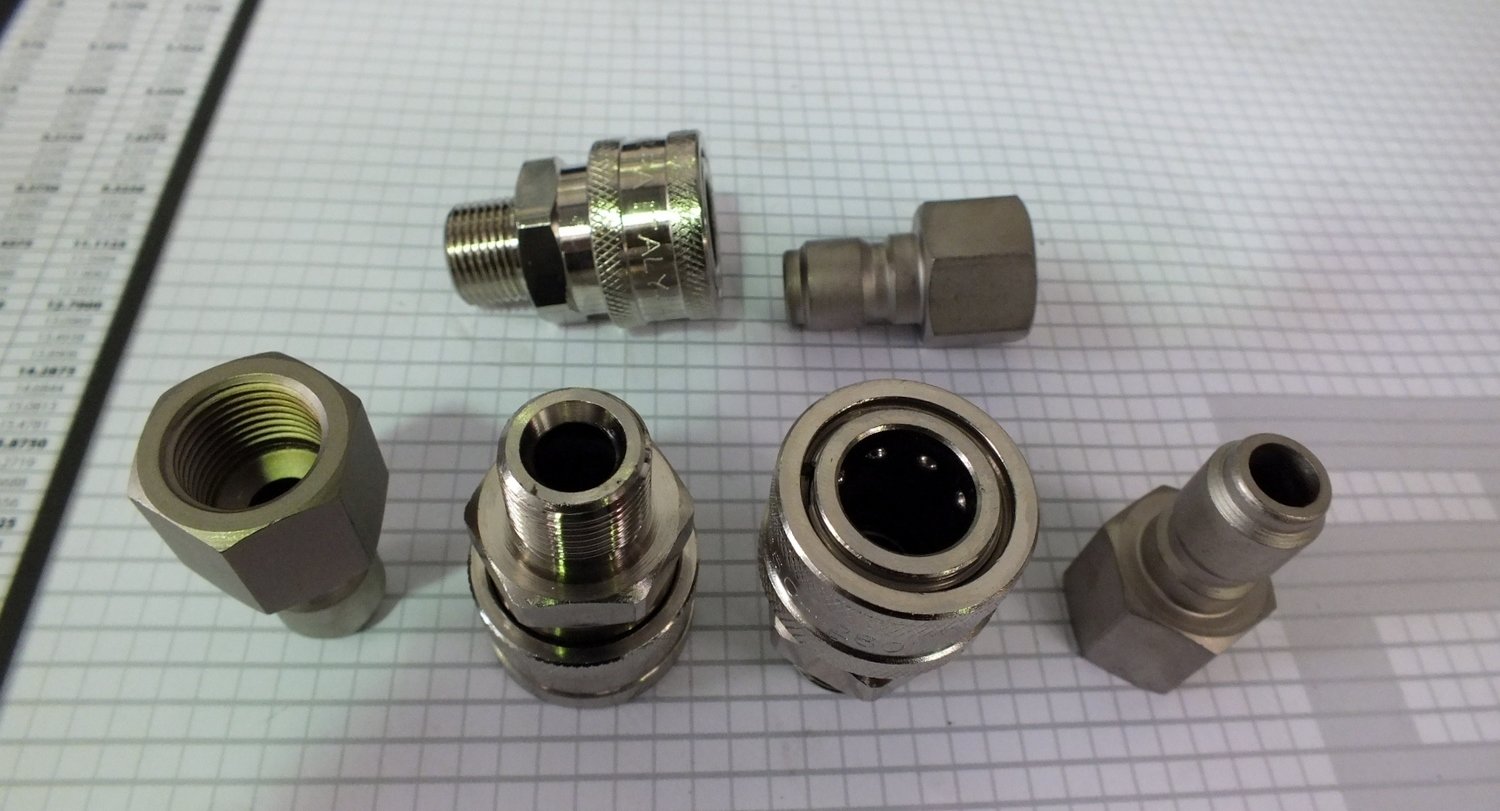
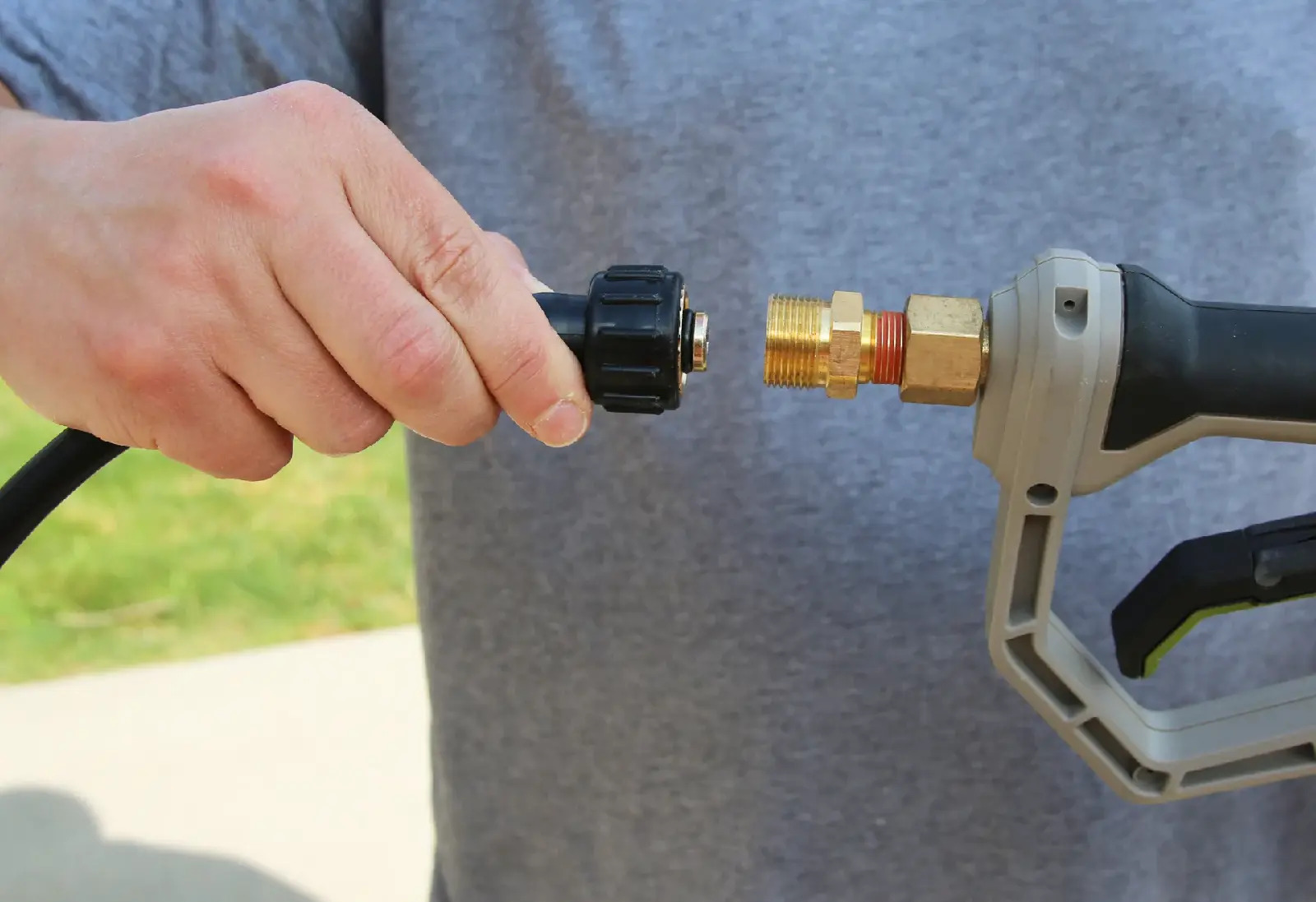
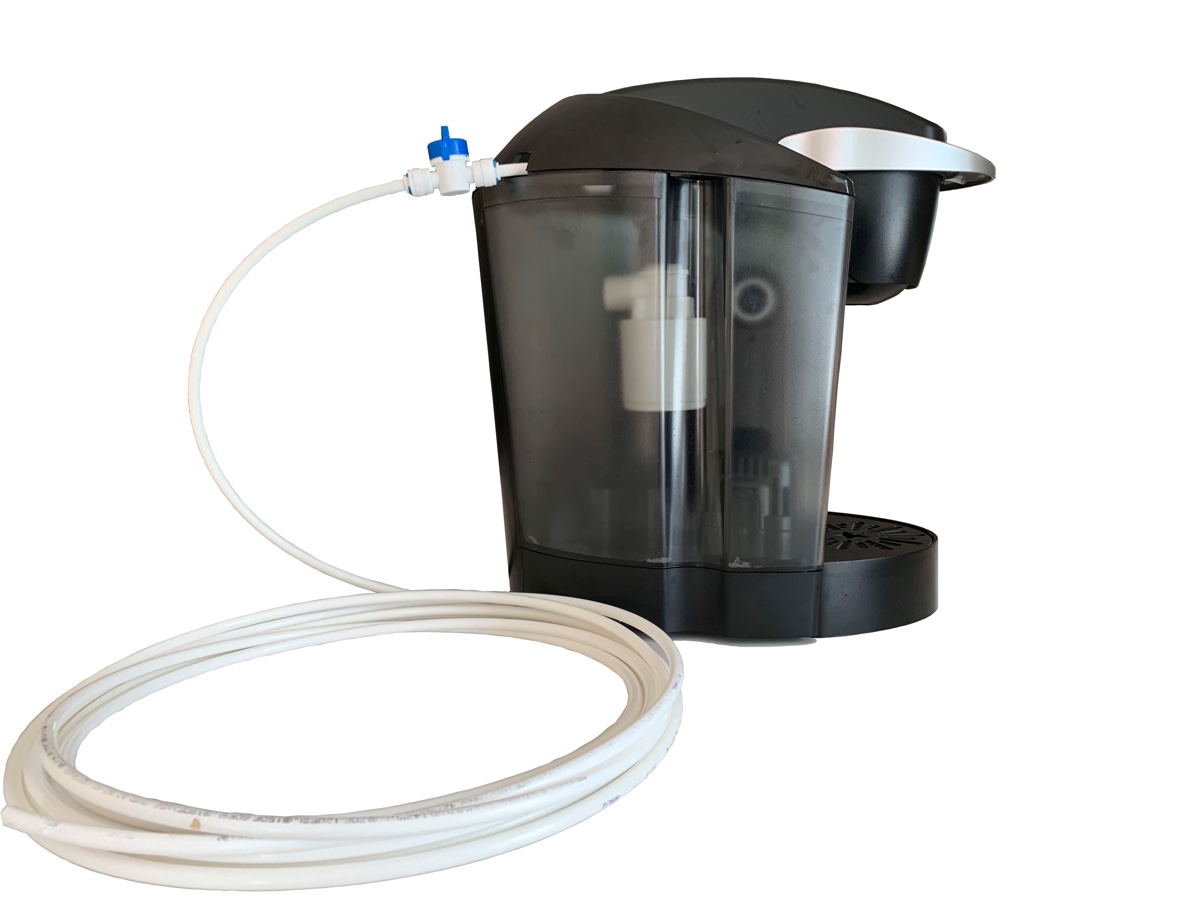
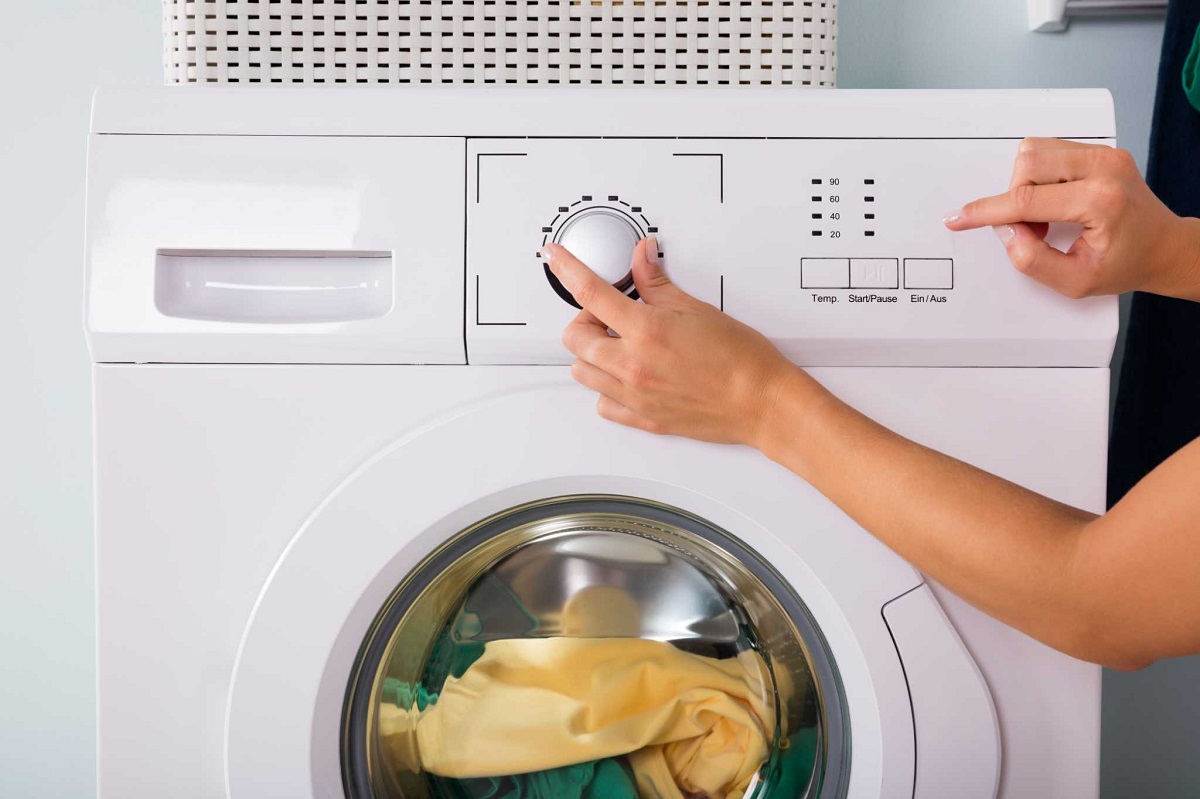
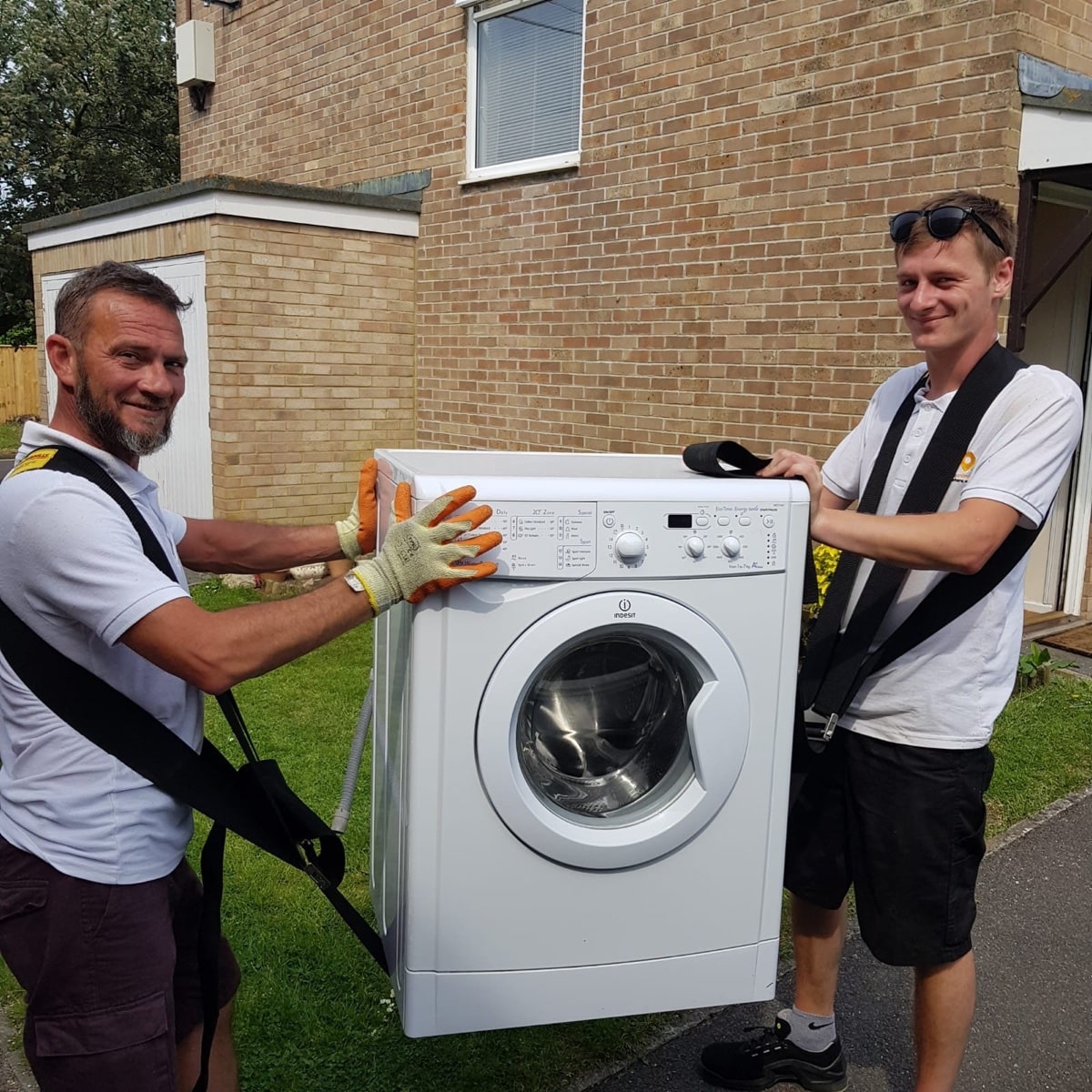
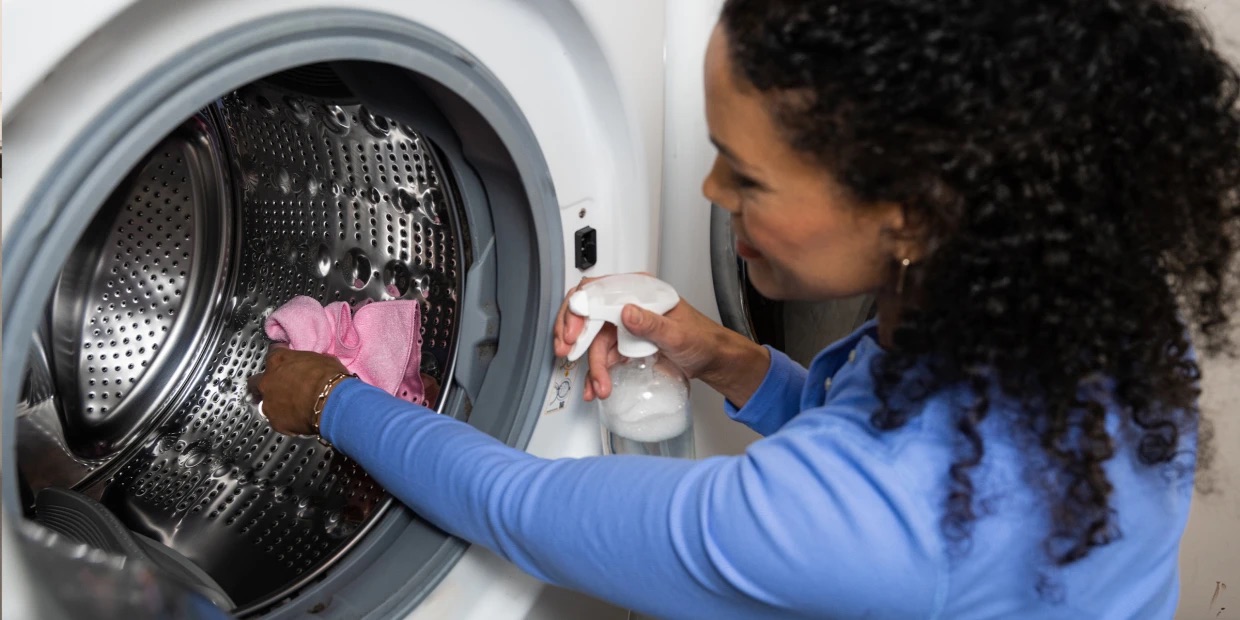
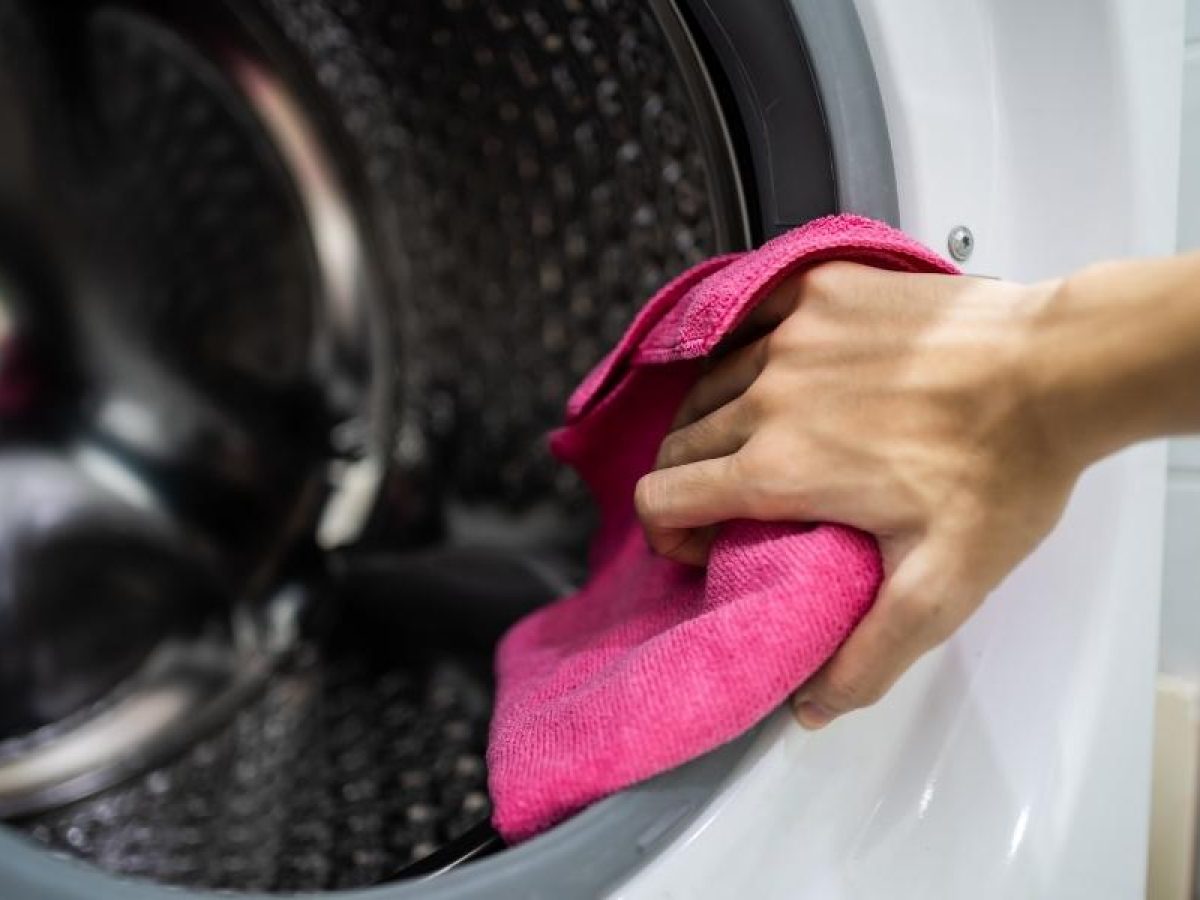
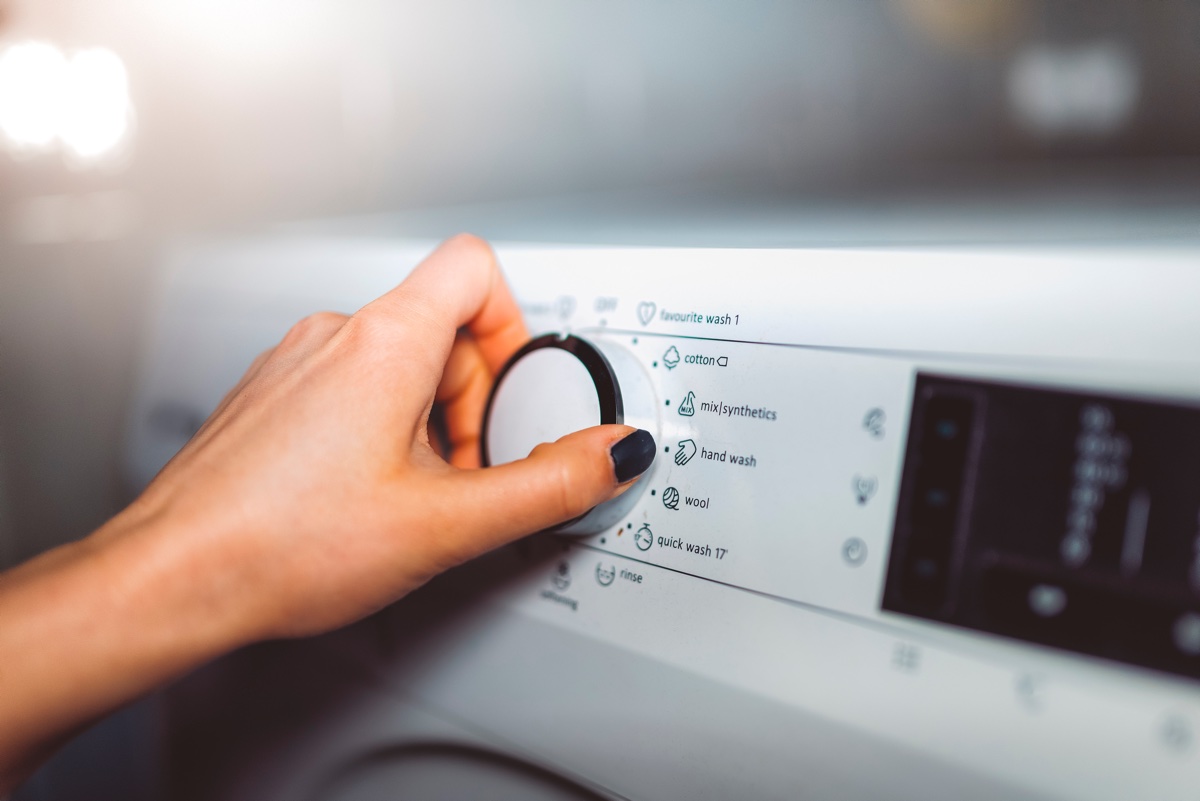

0 thoughts on “How To Connect A Washing Machine To A Sink”